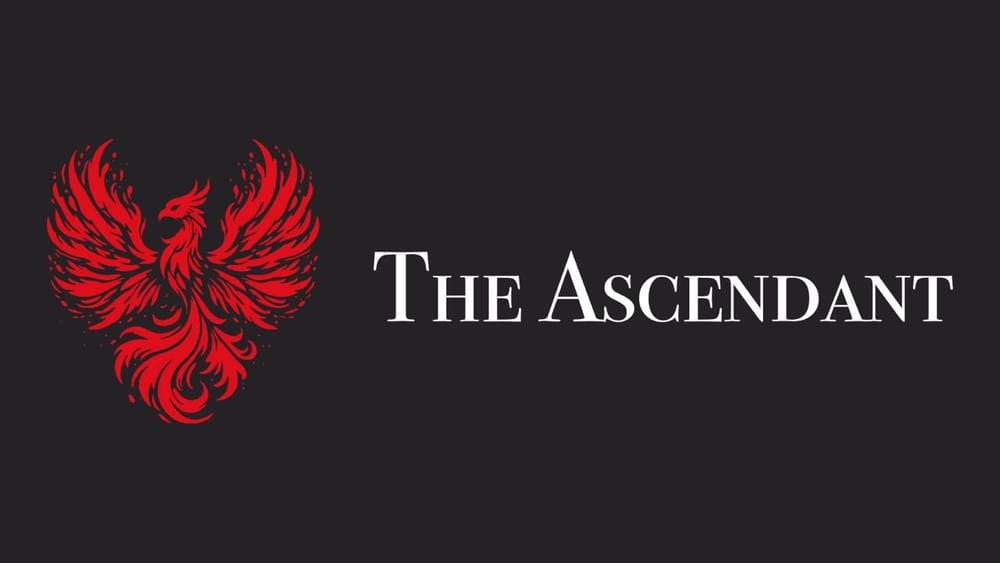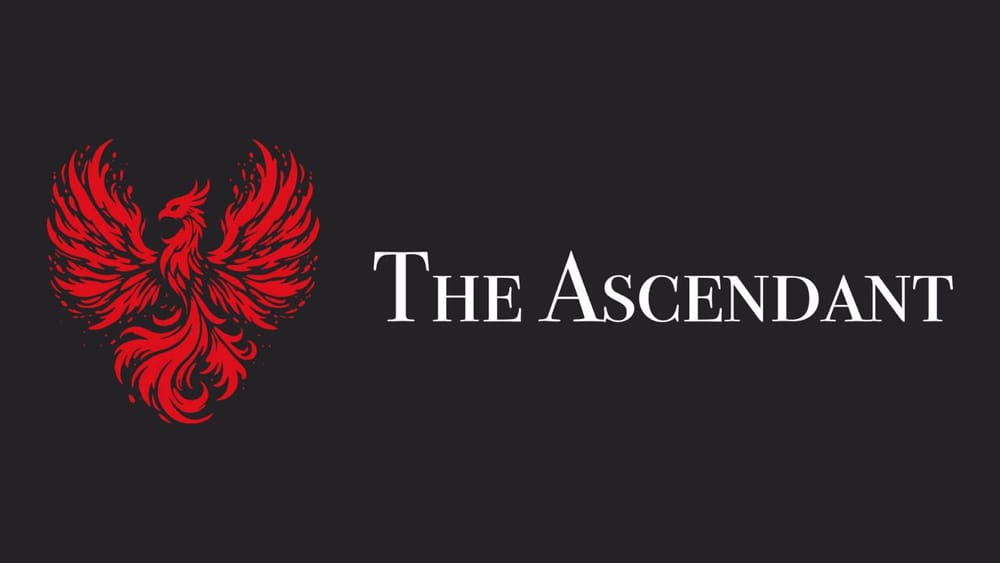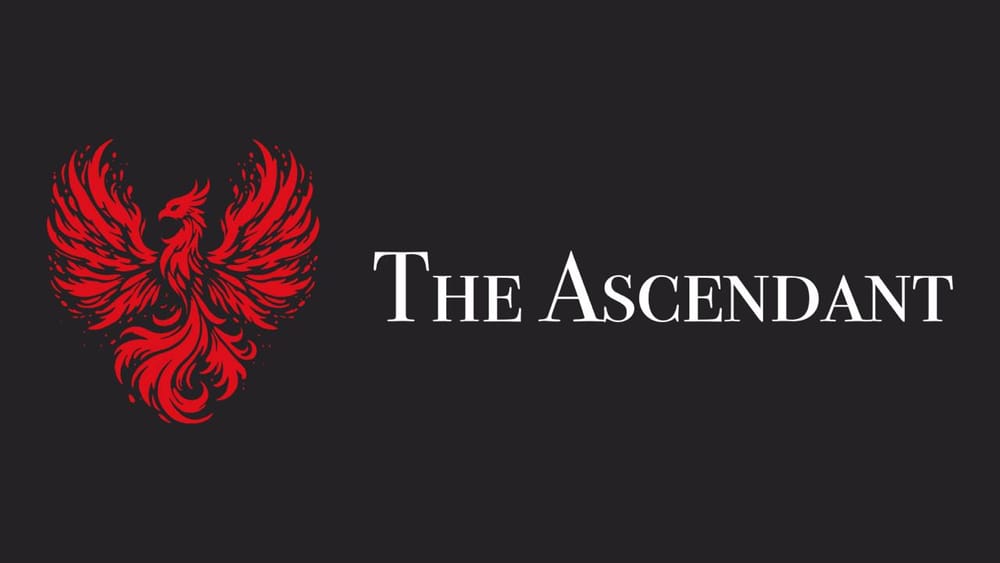December 2024, Bitcoin and XRP are on everyone’s lips, and the mainstream attention is firmly pointed towards institutional adoption of digital assets. Naturally this means the D3LTA team is looking into the direction of real trends - bubbling and simmering under the surface, drowning in the sea of noise. Today we’ll explore the rapidly developing narrative of Decentralized Physical Infrastructure - DePIN.
Although DePIN is a relatively new phenomenon, it’s making exponential progress and naturally it caught our attention. In 2025 and beyond, DePIN (combined with AI and other narratives) will play a massive role in the evolution of Web3.
What is DePIN
Imagine a library that works a bit differently from what you’re normally used to. In this library people from all over the world come together and bring their own books - contributing to the almost infinite amount of books that you can borrow.
People pitch in with their time and effort to organise and maintain this amazing collection of books. There is no central management and no central control. Inevitably, the library grows and becomes even better and in the long run it benefits every single person.
What if instead of a library we were working with internet infrastructure, solar panels and even data centers? Thanks to the blockchain architecture, incentives, rewards and governance can be executed seamlessly - without the need for any central authority. This intersection of decentralized technology and physical infrastructure is called DePIN.
What can be done with DePIN?
Thanks to the blockchain technology and the EVM networks, DePIN (although being a relatively recent phenomenon) is able to flourish and develop. We are fortunate to see just a few tiny early shoots of innovation peeking from under a thick layer of traditional industry that’s ready for disruption. Let’s try to imagine what we can do with DePIN in order to make a better world;
Redefining infrastructure
In many parts of the world, centralized infrastructure is either insufficient or inaccessible. DePIN enables communities to collaboratively build and maintain systems such as internet connectivity, energy grids, and transportation networks, without waiting for slow-moving government programs or monopolistic corporations. Just like the smartphone leapfrogged the PC in most parts of the world, so will DePIN. We are excited to see it in action.
Solving the tragedy of the commons
By rewarding all contributors with tokens or revenue shares, DePIN aligns individual incentives with the broader mission of the network. The age old tragedy of the commons can be solved for good. When people are financially and morally motivated to contribute resources and ideas, great things tend to happen.
Resilient systems
If we look at the most secure and trusted network in the world (bitcoin), we understand that decentralized systems are inherently more robust than centralized ones. Large institutional players tried to spin up centralized blockchains back in 2017, only to come to a bitter understanding that the majority of people don’t want to use them. With DePIN, no single point of failure exists, making networks like energy grids or storage systems less prone to outages or attacks.
Slashing costs
Some industries and services are simply too large and too inefficient. After all, monopolies and middlemen that consolidate power never like to give it up willingly. With Web3 these monopolies are ripe for disruption. Just imagine what would happen if we would bypass intermediaries and foster direct peer-to-peer interaction? The simple truth is; DePIN reduces costs for both providers and consumers, making essential services more affordable.
The possibilities are truly endless - no doubt you have already started to think about ways how your projects and ecosystems can benefit from DePIN. It’s ok to take a minute and let your imagination run wild. Once you're finished, let’s check out some DePIN projects;
DePIN in Action
Helium Network (HNT) - Decentralized communication
Helium is a pioneer in the DePIN space. It allows individuals to deploy wireless hotspots and earn cryptocurrency for providing coverage. The network enables low-power IoT devices (e.g., smart sensors, GPS trackers) to connect affordably and efficiently without relying on traditional telecom infrastructure.
Filecoin (FIL) - Decentralized storage
Filecoin operates as a decentralized storage network where participants can earn tokens by renting out unused hard drive space. It’s an interesting alternative to centralized services like AWS, offering lower costs and greater privacy.
Bastyon (PKOIN) Decentralized social media and communication
Bastyon is a decentralized and fully censorship resistant social media platform with a built-in P2P encrypted chat and (recently released) bartering marketplace for goods and services. The platform has been created by more than 30 developers working in their spare time and all content is moderated by the community. Bastyon users enjoy unprecedented freedom of speech and expression, allowing the flow and sharing of ideas and collaboration.
HiveMapper (HONEY) Decentralized mapping
HiveMapper uses dashboard cameras to crowdsource mapping data, rewarding contributors with tokens. This creates a real-time, decentralized alternative to services like Google Maps. Although this is not a new concept, it’s noteworthy to see how HiveMapper advanced in this concept in 2023 and 2024. We are following these developments.
Your project
If DePIN makes sense to you and if you’re ready to build, let us know! The D3LTA team is always here for you.
Conclusion
The DePIN model (although groundbreaking) is still in its infancy, but its potential is undeniable. By decentralizing ownership and governance of physical infrastructure, we can create better, more efficient, and hairy-chested global systems - more resilient than anything we have seen before. Today there are still some sharp rocks and mud slides that we need to navigate around. As we go about breaking strong and long standing monopolies, there will be inevitable regulatory concerns and pushback. Let’s not forget about the blockchain trillemma; as of today DePIN is suffering from serious scalability issues.
As someone deeply interested in the Web3 ecosystem, we believe we are on the cusp of a new era - something greater than even the Internet as we know today. DePIN is more than a technological advancement; it’s a movement toward empowering individuals and communities to take control of the infrastructures that shape their lives. It has never been possible before. Not without Web3 and Blockchain. The question is, how will you use DePIN for your projects and ecosystems?







